Introduction
The NIH Toolbox Cognition Battery (NIHTB-CB), developed in 2013 by Sandra Weintraub, Sureyya S. Dikmen, Robert K. Heaton, David S. Tulsky, Philip David Zelazo, Patricia J. Bauer, Richard C. Gershon, and others, and published by the Neurology journal (American Academy of Neurology), is a standardized, nationally normed instrument designed to assess cognitive function across the lifespan, from ages 3 to 85.
This battery, cited over 1,000 times on Google Scholar, has gained widespread recognition for its robust psychometric properties and versatility in both clinical and research settings. It specifically evaluates key cognitive domains such as executive function, episodic memory, and attention. As a result, it has become an essential tool for researchers and clinicians focused on cognitive health. Its comprehensive approach, combined with its adaptability to diverse populations, ensures its continued relevance in advancing cognitive science.
Key Features of the NIH Toolbox Cognition Battery (NIHTB-CB)
Purpose and Use
The NIHTB-CB serves as a comprehensive tool for cognitive assessment, allowing researchers and clinicians to evaluate cognitive function across various age groups, including children, adolescents, adults, and seniors. Notably, it supports longitudinal studies and clinical trials by providing standardized cognitive performance measures, thereby enabling reliable comparisons over time.
Target Population
Validated for individuals aged 3 to 85, the NIHTB-CB accommodates a wide range of age groups, from children to seniors. This broad applicability makes it a valuable resource in both research and clinical contexts, as it addresses the cognitive assessment needs of diverse populations.
Structure
The NIHTB-CB comprises seven performance-based tests, each targeting specific cognitive domains: Executive Function, Episodic Memory, Language, Processing Speed, Attention, and Working Memory.
- Flanker Inhibitory Control and Attention Test: Measures attention and inhibitory control.
- Dimensional Change Card Sort Test: Assesses cognitive flexibility and executive function.
- List Sorting Working Memory Test: Evaluates working memory capacity.
- Pattern Comparison Processing Speed Test: Gauges processing speed.
- Picture Sequence Memory Test: Tests episodic memory.
- Picture Vocabulary Test: Measures receptive vocabulary and language skills.
- Oral Reading Recognition Test: Assesses reading and language proficiency.
Each test includes multiple items, ensuring comprehensive coverage of cognitive abilities.
Scoring Method
The NIH Toolbox Cognition Battery (NIHTB-CB) employs a comprehensive, multi-step scoring process to ensure accurate and standardized assessment of cognitive function:
- Raw Scores:
Based on correct responses, reaction times, or items recalled, varying by test. - Unadjusted Standard Score:
Raw scores are mapped to a 100 ± 15 scale, aligning subtests to a common metric. - Age-Corrected Standard Score & Percentile:
Scores are adjusted for age (3–85) to a 100 ± 15 scale, paired with national percentiles. - Fully Demographically Corrected T-Score:
Further adjusted for age, gender, education, and race/ethnicity, yielding T-scores (50 ± 10). - Composite T-Scores (Optional):
Averages subtest T-scores for:- Fluid Composite:
DCCS, Flanker, List Sorting, Pattern Comparison, Picture Sequence Memory. - Crystallized Composite:
Picture Vocabulary, Oral Reading Recognition. - Total Cognition Composite:
Combines Fluid and Crystallized.
- Fluid Composite:
- Automated Scoring & Export:
NIH Toolbox software converts and exports scores in PDF or Excel.
Scores from the NIHTB-CB are interpreted based on normative data, with higher scores indicating better cognitive performance. Although specific cut-off scores are not universally defined, the combination of standard scores, percentiles, and T-scores enables precise and context-specific interpretation, especially in clinical and research settings.
Administration Format
The NIHTB-CB takes typically takes over 30 minutes, depending on the number of tests administered, ensuring thorough cognitive evaluation. It can be conducted via:
- Digital (Online) platforms
- In-person interviews
- Mobile app
To ensure accurate application, administering and interpreting the battery may require basic training, advanced training, or certification. This requirement helps maintain consistency and reliability in its usage.
Applications of NIH Toolbox Cognition Battery (NIHTB-CB)
The NIHTB-CB serves multiple purposes in clinical and research settings:
- Screening: Identifies cognitive impairments in diverse populations.
- Monitoring: Tracks cognitive changes over time, particularly in response to interventions.
- Treatment Planning: Informs tailored interventions based on cognitive profiles.
- Research: Widely used in clinical trials and longitudinal studies to evaluate cognitive outcomes.
Additionally, its standardized nature facilitates comparisons across studies, enhancing its utility in evidence-based cognitive research.
Languages and Availability
The NIHTB-CB is available in several languages, including Arabic and Spanish. However, it is important to note that not all tests are translated into every language; for example, some tests are available in French and Chinese, while others are not.
As a proprietary tool, the NIHTB-CB is paid and requires licensing for use. Researchers and clinicians must obtain permission through the NIH Toolbox before utilizing it.
Reliability and Validity
The NIHTB-CB is known for its high reliability and validity. Test-retest reliability, measured using intraclass correlation coefficients (ICCs), ranges from 0.73 to 0.90. This robust performance is supported by validation studies, including those published in 2013, which demonstrate its effectiveness across diverse populations and cognitive conditions. Notably, the battery has proven sensitive to detecting changes in cognitive function, especially in neurological disorders, affirming its value in clinical research.
Limitations and Considerations
Despite its strengths, the NIHTB-CB has a few limitations:
- Length: Its comprehensive nature may lead to longer testing times, which could be burdensome for some participants.
- Self-Report Measure: Certain subtests rely on self-reported data, introducing the risk of social desirability bias.
- Language Barriers: The lack of availability in multiple languages may limit its use in certain populations.
- Complexity (Difficult to Administer): Proper administration may require specialized training, reducing accessibility for some users.
- Scoring Complexity: The multi-step scoring process, including standard and T-score conversions, can be intricate, necessitating expertise.
- Limited Validation Studies: Although generally robust, the NIHTB-CB lacks extensive validation for certain populations or conditions when compared to other tools.
Other Versions and Related Questionnaires
- Alternative Versions of NIHTB-CB
The NIH Toolbox Cognition Battery (NIHTB-CB) is part of a broader suite of assessment tools, including:
NIH Toolbox Early Childhood Battery: Tailored for younger children.
NIH Toolbox Emotion Battery: Focuses on emotional health.
NIH Toolbox Motor Battery: Assesses motor function.
- Complementary Questionnaires
Several questionnaires complement the NIHTB-CB, including:
WAIS-IV (Wechsler Adult Intelligence Scale – Fourth Edition): Assesses adult cognitive abilities.
WISC-V (Wechsler Intelligence Scale for Children – Fifth Edition): Evaluates pediatric cognitive abilities.
MoCA (Montreal Cognitive Assessment): Screens for cognitive impairment.
RBANS (Repeatable Battery for the Assessment of Neuropsychological Status): Evaluates neuropsychological function.
Additional Resources
For more information on the NIH Toolbox Cognition Battery (NIHTB-CB) and to access the full questionnaire, visit the following resources:
- Access the NIHTB-CB through the NIH Toolbox App Administrator’s Manual.
- For inquiries, contact the NIH Toolbox team.
- For additional NIHTB-CB resources, consult HealthMeasures.
- The corresponding author email: sweintraub@northwestern.edu
Frequently Asked Questions (FAQ)
- Who can use the NIHTB-CB?
Researchers, clinicians, and healthcare providers use the NIHTB-CB for individuals aged 3–85 with diverse cognitive conditions. - How long does it take to complete the NIHTB-CB?
The battery typically takes over 30 minutes, depending on the number of tests administered. - How is the NIHTB-CB administered?
It can be administered digitally (online or mobile app) or via in-person interviews, offering flexible formats. - Is there any cost to using the NIHTB-CB?
The NIHTB-CB is a paid, proprietary tool requiring licensing. Permission is needed for commercial or academic use.
A word from ResRef about NIH Toolbox Cognition Battery (NIHTB-CB)
The NIH Toolbox Cognition Battery (NIHTB-CB) remains a gold-standard instrument for cognitive assessment in both research and clinical settings. Its high reliability and tailored tools make it invaluable for researchers examining cognitive development and clinicians monitoring patient outcomes. Consequently, incorporating the NIH Toolbox into your practice can significantly enhance the accuracy and depth of cognitive evaluations.
References
- Weintraub S, Dikmen SS, Heaton RK, Tulsky DS, Zelazo PD, Bauer PJ, Carlozzi NE, Slotkin J, Blitz D, Wallner-Allen K, Fox NA, Beaumont JL, Mungas D, Nowinski CJ, Richler J, Deocampo JA, Anderson JE, Manly JJ, Borosh B, Havlik R, Conway K, Edwards E, Freund L, King JW, Moy C, Witt E, Gershon RC. Cognition assessment using the NIH Toolbox. Neurology. 2013 Mar 12;80(11 Suppl 3):S54-64. doi: 10.1212/WNL.0b013e3182872ded. PMID: 23479546; PMCID: PMC3662346. (link)
- Weintraub S, Dikmen SS, Heaton RK, Tulsky DS, Zelazo PD, Slotkin J, Carlozzi NE, Bauer PJ, Wallner-Allen K, Fox N, Havlik R, Beaumont JL, Mungas D, Manly JJ, Moy C, Conway K, Edwards E, Nowinski CJ, Gershon R. The cognition battery of the NIH toolbox for assessment of neurological and behavioral function: validation in an adult sample. J Int Neuropsychol Soc. 2014 Jul;20(6):567-78. doi: 10.1017/S1355617714000320. Epub 2014 Jun 24. PMID: 24959840; PMCID: PMC4103959. (link)


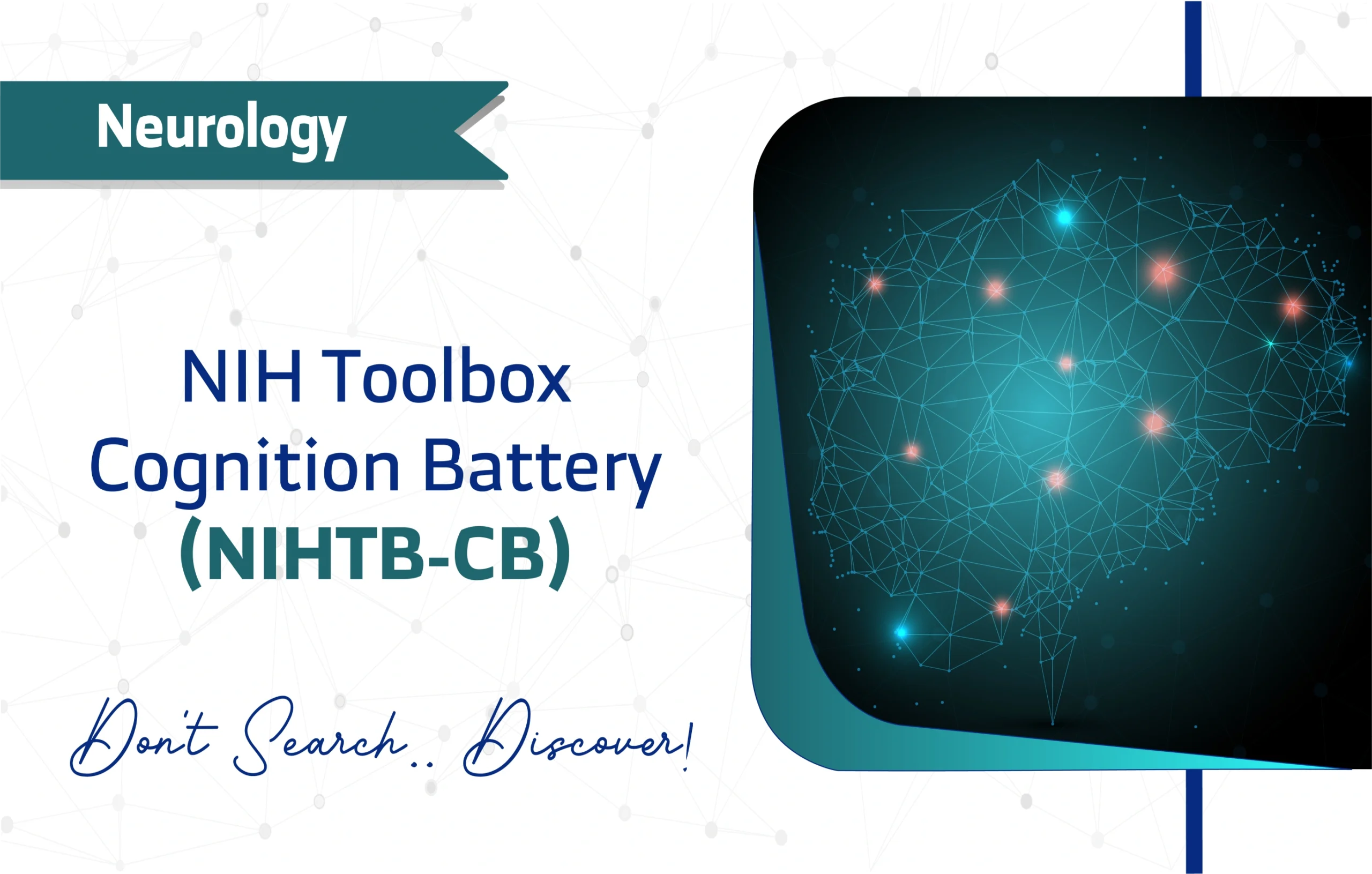

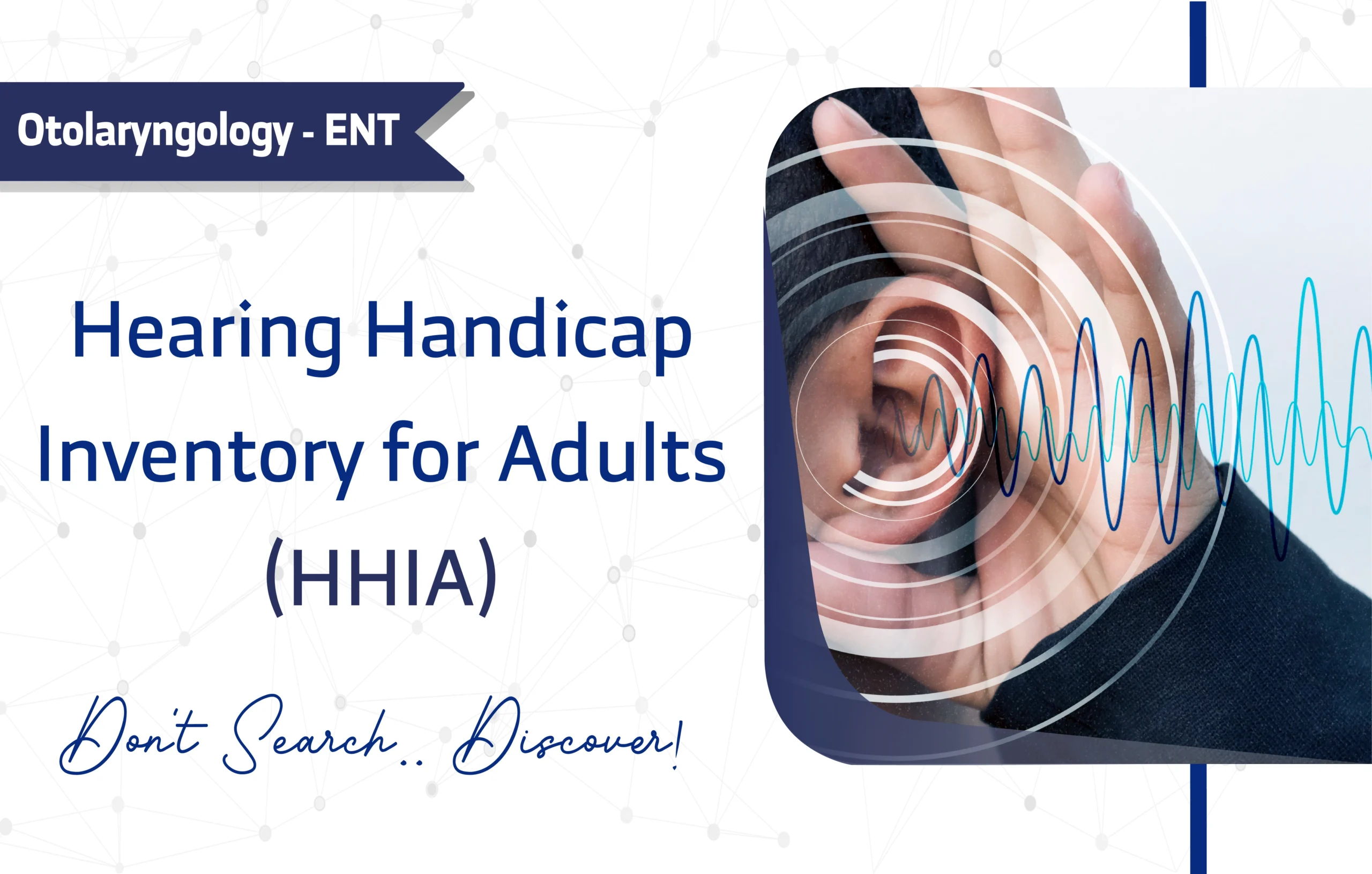
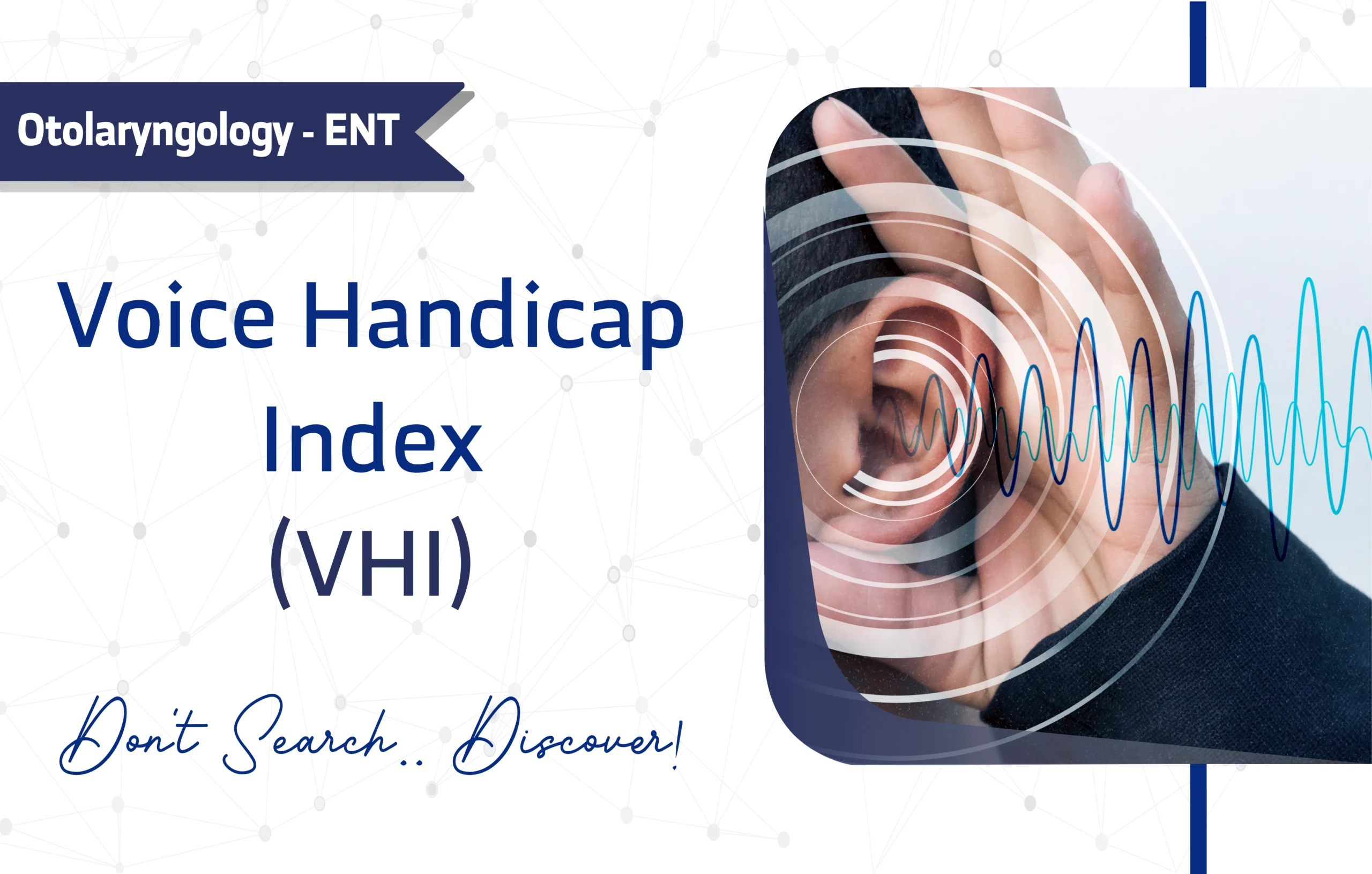
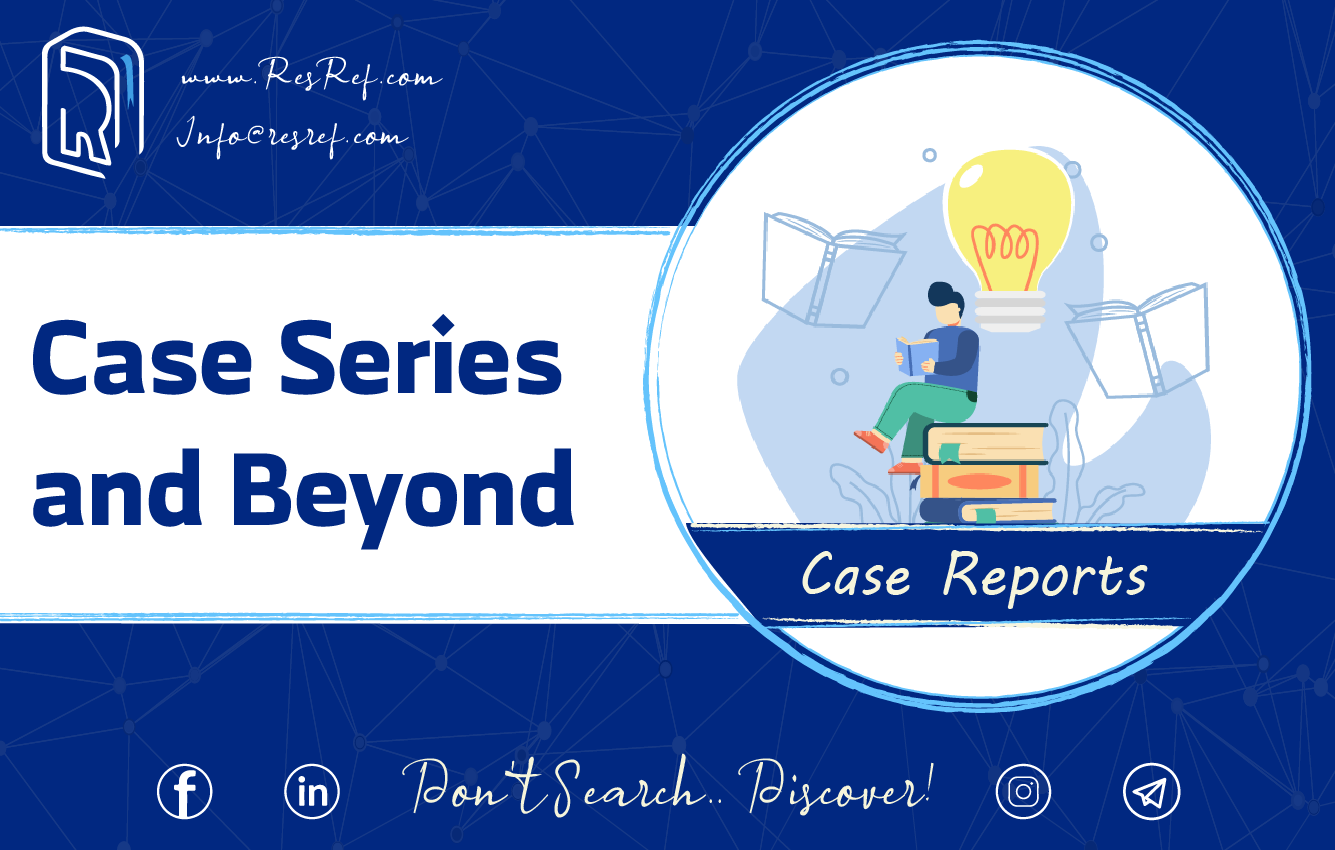
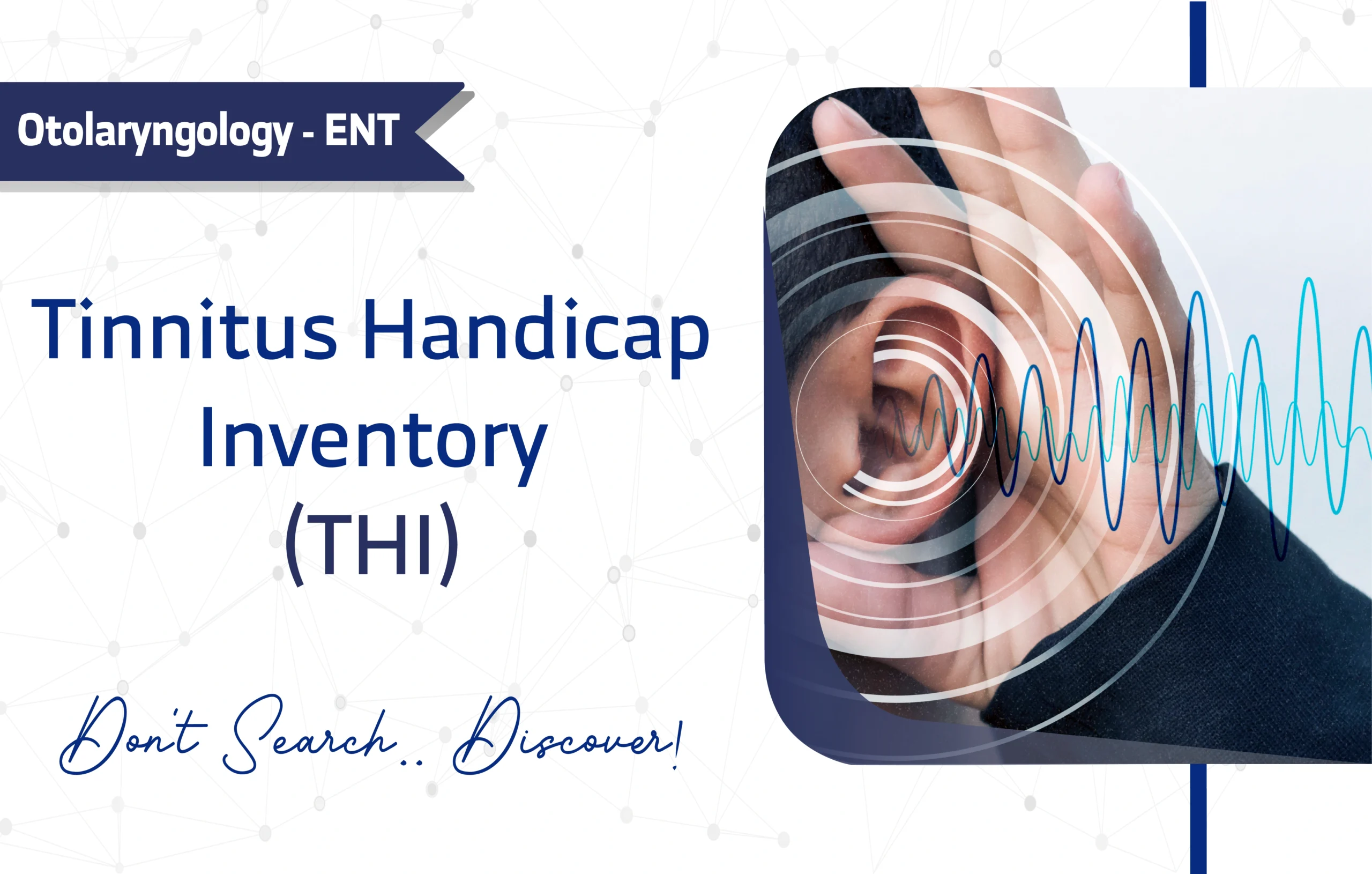
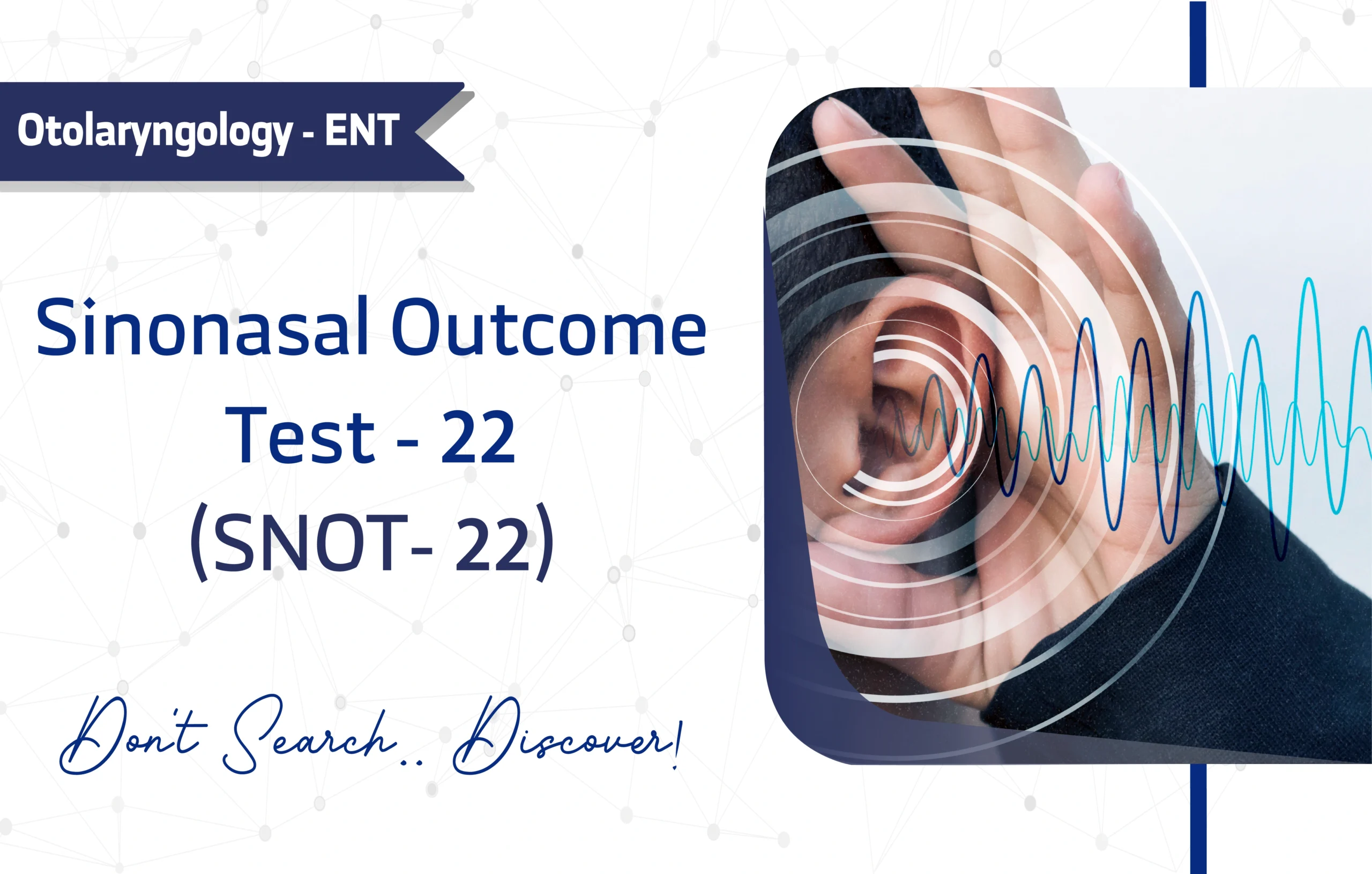
3 thoughts on “NIH Toolbox Cognition Battery (NIHTB-CB): A Full Guide for Researchers and Clinicians”
Your consistency in delivering well-researched and articulate posts is impressive. This one, in particular, stood out for its clarity and depth.
I loved how you combined personal anecdotes with practical information. It made the article both relatable and useful.
Kudos to the creators for maintaining such a user-friendly and detailed database of specialized clinical scales.